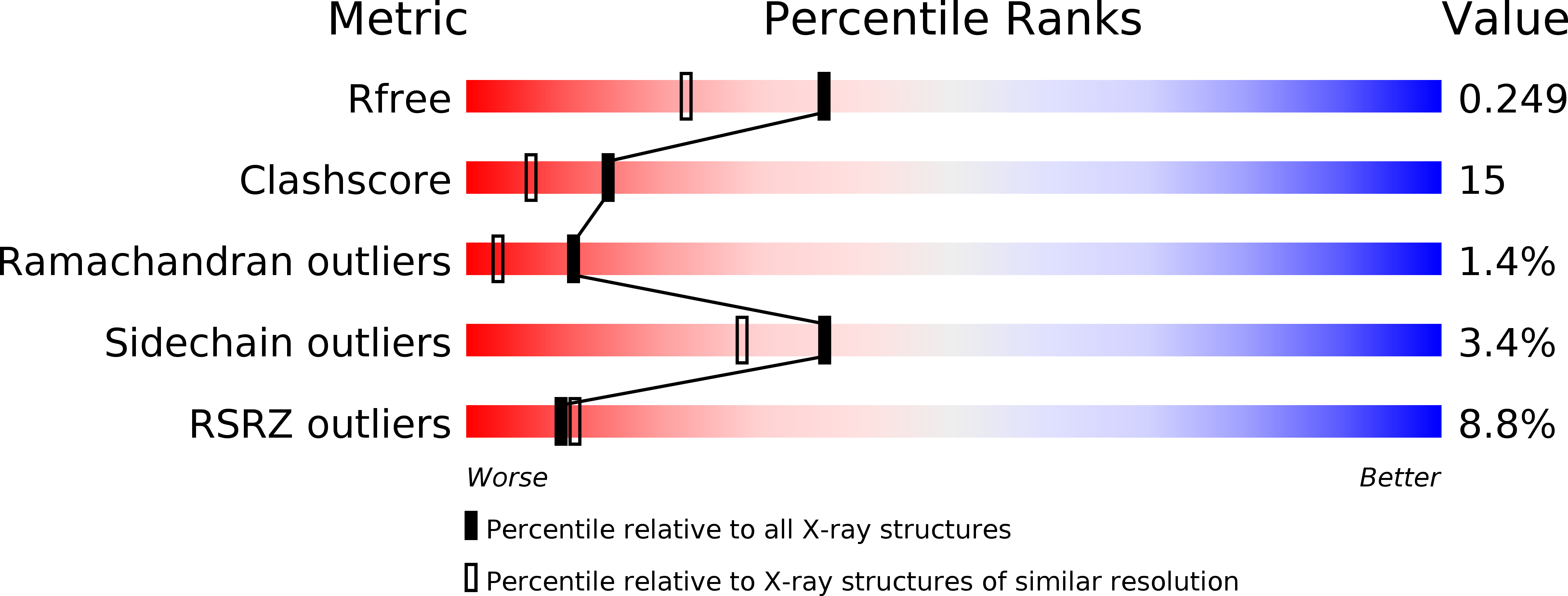
Deposition Date
1999-06-23
Release Date
1999-10-10
Last Version Date
2024-05-08
Entry Detail
PDB ID:
1QJ8
Keywords:
Title:
CRYSTAL STRUCTURE OF THE OUTER MEMBRANE PROTEIN OMPX FROM ESCHERICHIA COLI
Biological Source:
Source Organism:
ESCHERICHIA COLI (Taxon ID: 562)
Host Organism:
Method Details:
Experimental Method:
Resolution:
1.90 Å
R-Value Free:
0.24
R-Value Work:
0.20
Space Group:
H 3 2


